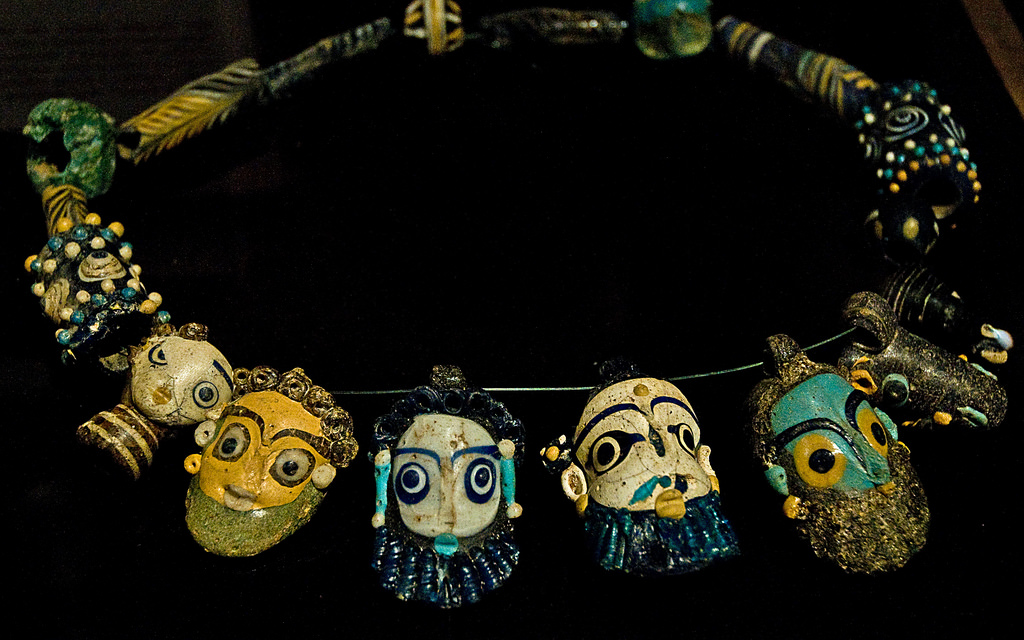Teodoro Levi Archaeologist 0 Commentaires

A personality, the one of Teodoro Levi, known as Doro, who loved Sardinia very much and gave an important contribution to the archaeological research of what he perceived to be one of the most important and perhaps most unknown Mediterranean civilizations: The Nuragic Civilization.
When I immersed myself in his history, I could not fail to include him in the Gabbiano Azzurro Hotel & Suites blog, where I share my fondness for the fascinating Nuragic world. Sardinia owes a lot to Doro Levi for what he did during his three years stay on the island, and I believe it appropriate to hereby remember him with gratitude.
Doro Levi was born in 1898 in Trieste, from a Jewish family of the mercantile bourgeoisie. Trieste was then populated by a large Jewish community, where traffic and business coexisted with the literature of Umberto Saba and Italo Svevo, James Joyce and Ezdra Pound. Doro Levi was an irredentist and patriot and volunteered at the age of nineteen in the First World War, a choice that did not save him though from the racial laws twenty years later. At first, he undertook his studies with a historical and antiquarian direction for the Greek world, but later on he became passionate about archaeology, training himself, as an archaeologist, at the Italian School of Athens of which he was the first student.
After having been inspector and then director at the Superintendence of Antiquities of Etruria from 1926 to 1935, he arrived at the Cagliari University where he was Archaeology and History of Greek and Roman Art professor from 1935 to 1938 and, at the same time, was superintendent of Works of Art and Antiquities of Sardinia. To better understand what his contribution has been of the recovery of Sardinian archaeology, we can recall the ancient Sardinia places where Doro Levi actively worked: the Neolithic necropolis of Anghelu Ruju in Alghero, discovered in 1904 by Antonio Taramelli; the Nuragic bronzes of Bolotona; Serra Orrios in Dorgali; the Cabu Abbas complexes in Olbia and Monte in Telti; the sacred wells of Su Trabuccone, Sa Testa Holy Well In Olbia and Milis Holy Well In Golfo Aranci; the Punic-Roman necropolis in Olbia; the hypogeum of San Salvatore di Cabras; the Roman bridge near Oristano; the Amphitheater and the temple of Via Malta in Cagliari.
It was in 1937 when Doro Levi took care of the excavations of Funtana Noa in Olbia. During the excavations, 47 well-type burials with a chamber dug into the rock were discovered, similar to those of the Tuvixeddu necropolis in Cagliari. In tomb number 24, dated between the 4th and 3rd centuries BC. there was a woman, probably of high lineage, with a rich funeral outfit which included some jugs, a Punic coin and a very precious bronze mirror, with a finely decorated handle, placed on the chest of the deceased, perhaps coming from the Magna Graecia. But the most beautiful object was the glass-paste necklace that the deceased wore around her neck, consisting of pendants representing a female head with curls, 4 very colourful male heads with beards and earrings, a lamb's head and a small rooster. In addition to the pendants, the necklace included various cylinders and spheres decorated with spirals, waves and large coloured "eyes". The necklace had a propitiatory function to defend her from evil spirits.
When Hitler's deputy Hermann Göring arrived in Sardinia, and as he learned of the discovery, he wanted to take the precious Punic necklace to be added to his already rich personal art collection. The archaeologist Doro Levi, thanks to his position as Superintendent, strongly opposed him and managed to save the precious finding, which thanks to him can now be admired at the National Archaeological Museum of Cagliari. The necklace is famous, known all over the world after the exhibition "The Phoenicians" at Palazzo Grassi in Venice in 1988, and will always have its place in Sardinia’s Punic civilization publications.
When the census of Jewish professors began in 1938 due to racial laws, Doro Levi was informed by the Rector that he had been suspended from his duties. Levi asked to forward to the Ministry an authenticated copy of the decree conferring the "Medal of Merit for having been an unredeemed volunteer in the Italian-Austrian war", to obtain a reinstatement of his role but the request was not accepted and the archaeologist was forced to take asylum in the United States to escape deportation. He was welcomed by the Institute for Advanced Studies in Princeton, New Jersey, where he taught, and collaborated with the United States Department of Defence to map the Italian monuments that the USA aviation was supposed to spare during the bombing.
But the fascist persecution had not taken away his verve and jokes, intelligence and ability to relate, love for teaching, for young people, for archaeology and Sardinia, and in 1945 he returned from the United States and was reintegrated to the professorship of Cagliari University. He did not actually resume service because other commitments had occurred in Rome. He recovered the German Archaeological Institute’s Libraries and the Hertziana of Rome, which had been hidden in Salzburg, contributing to the creation of the Central Institute of Restoration.
He was appointed director of the Italian School of Athens from 1947, and he reopened its courses from 1950 to 1967, when he also resumed the excavation of Festòs in Crete. In 1960 he began excavating Iasos, in Caria, Turkey. In December 1975 the new headquarters of the Italian School of Athens was inaugurated, where he remained director until the beginning of 1977, at the age of almost 80. He died in Rome on July 3, 1991 at the age of 93, all years spent in continuous research because "everything is born in the East, is consolidated in the West, and returns to the East".
--
Written by Daniela Toti
Share your opinion with us!